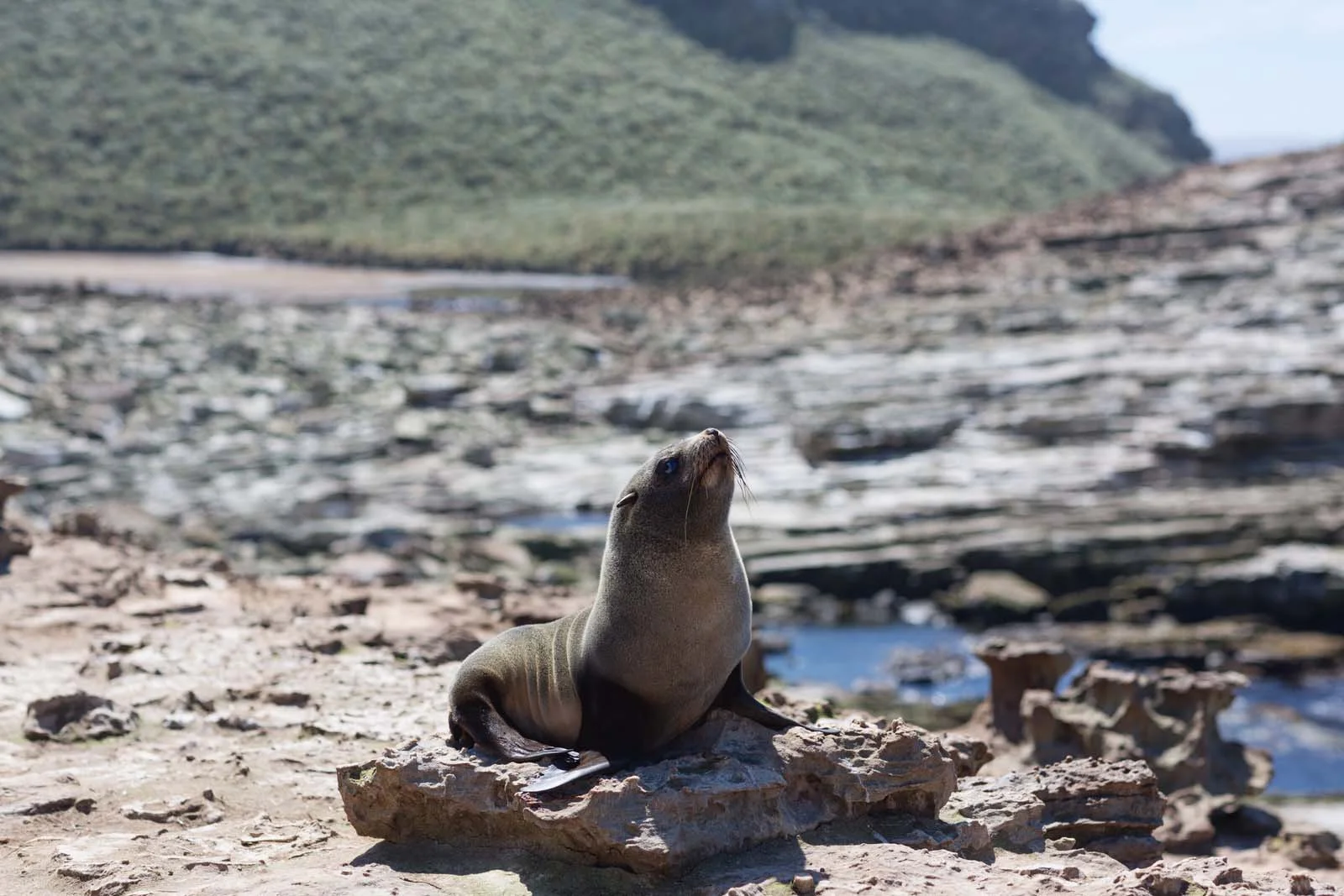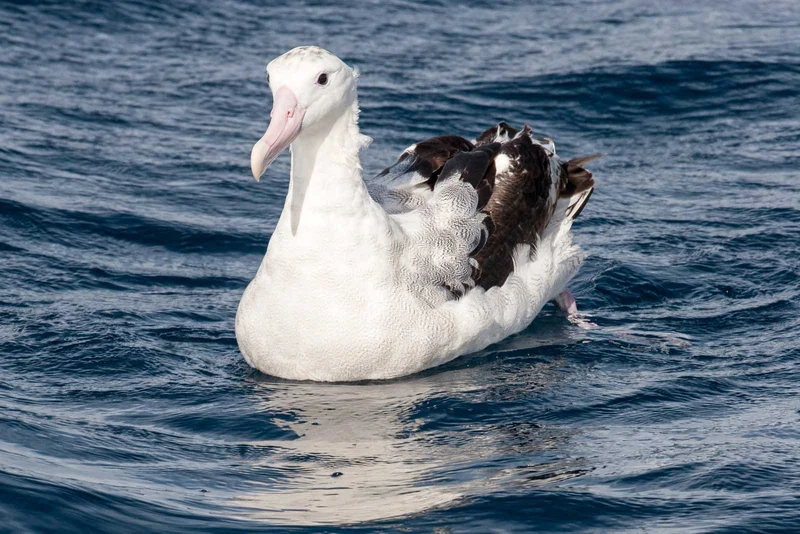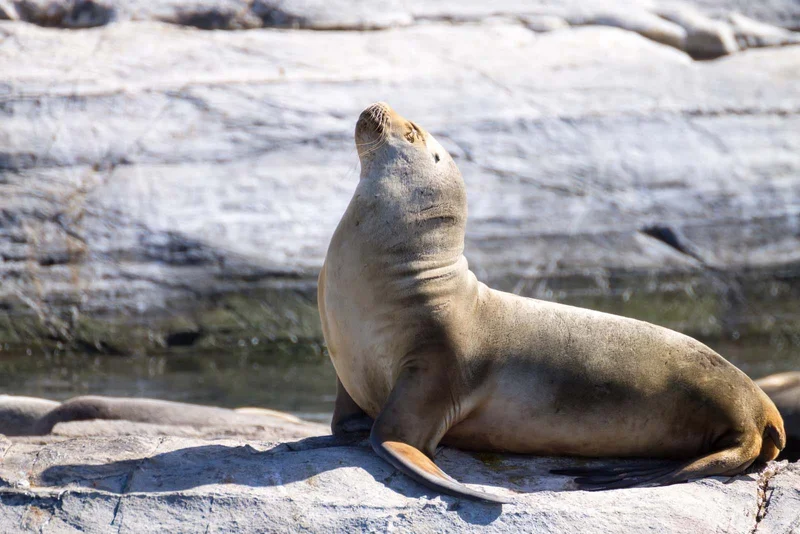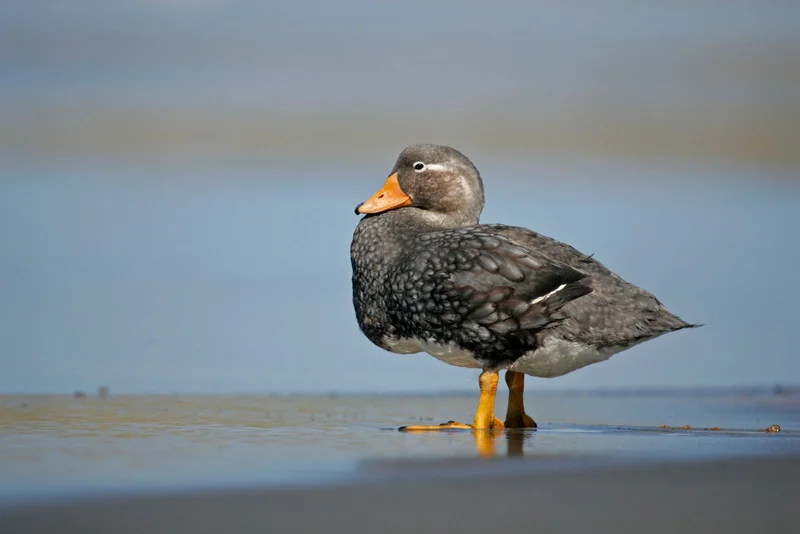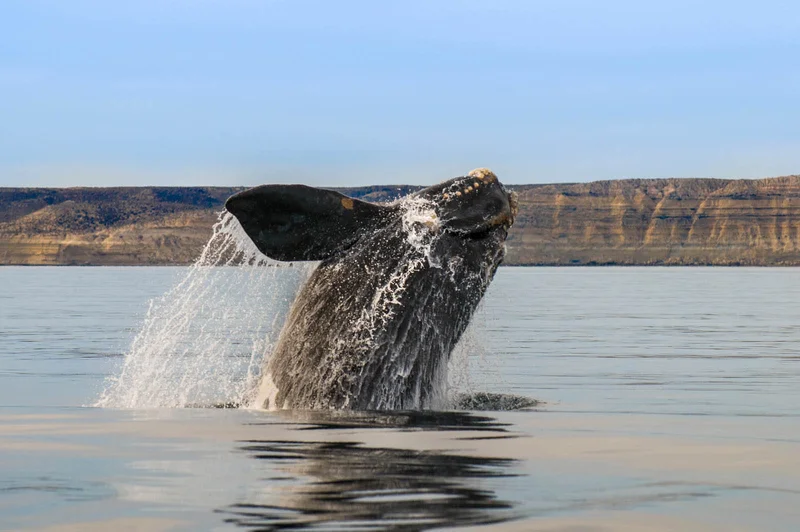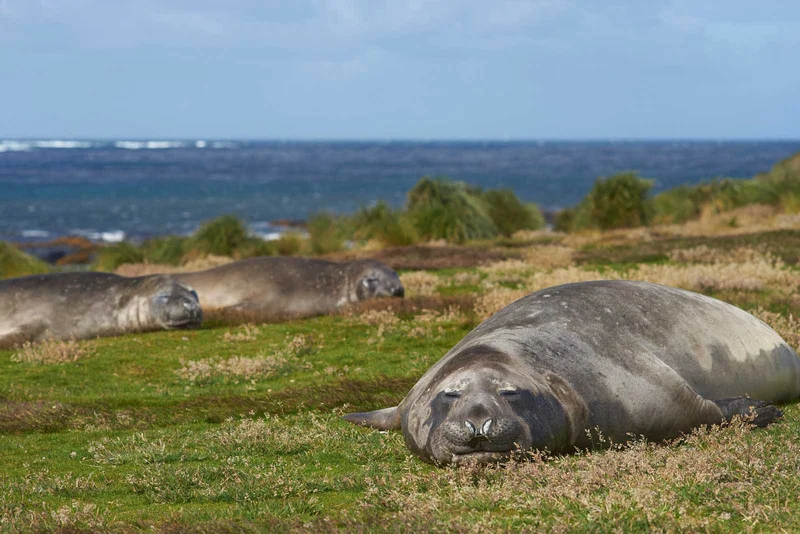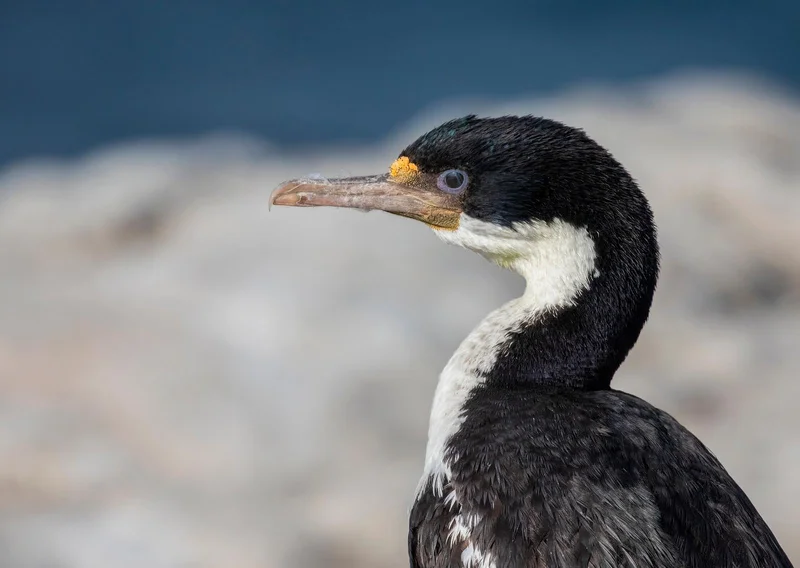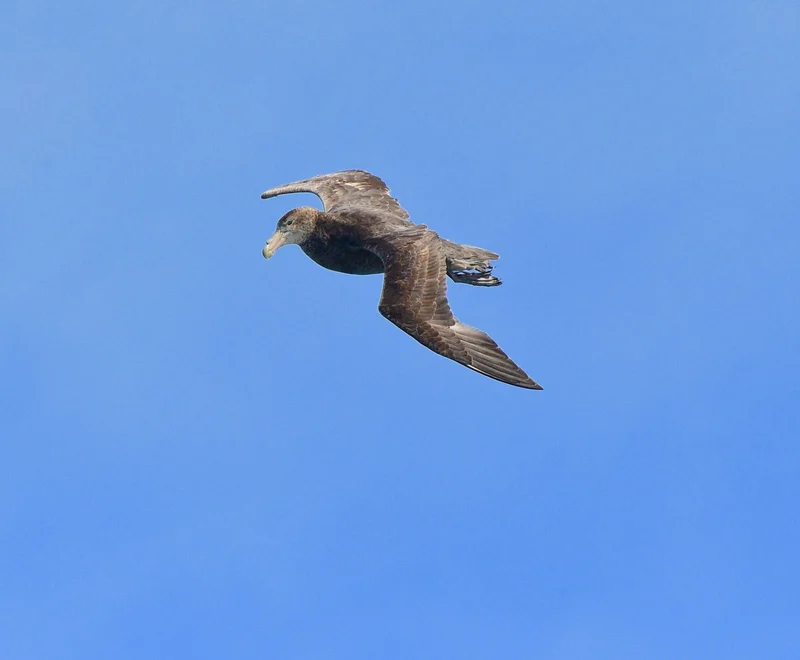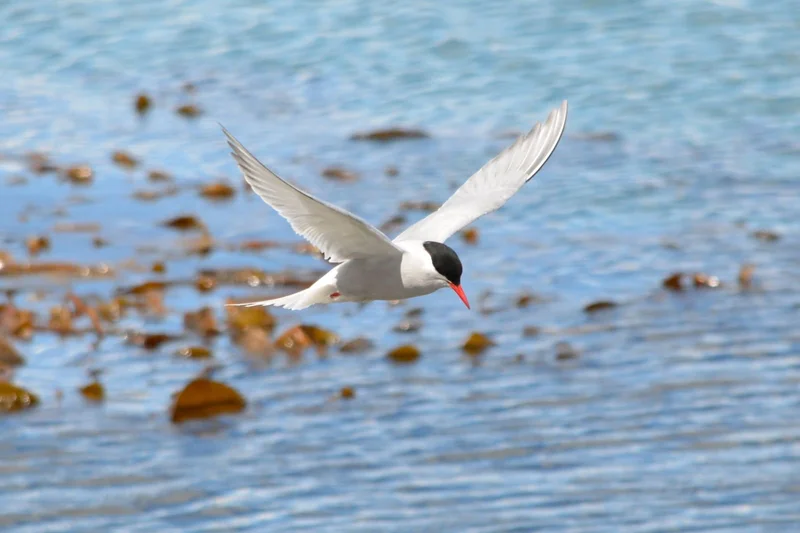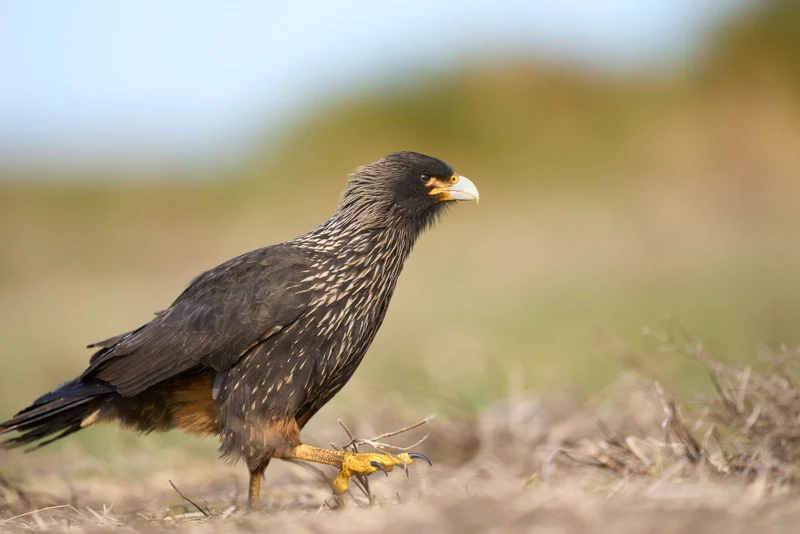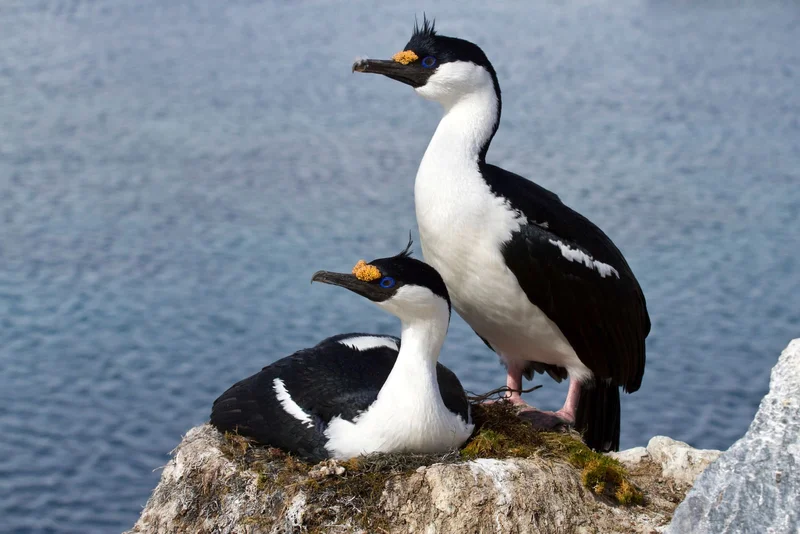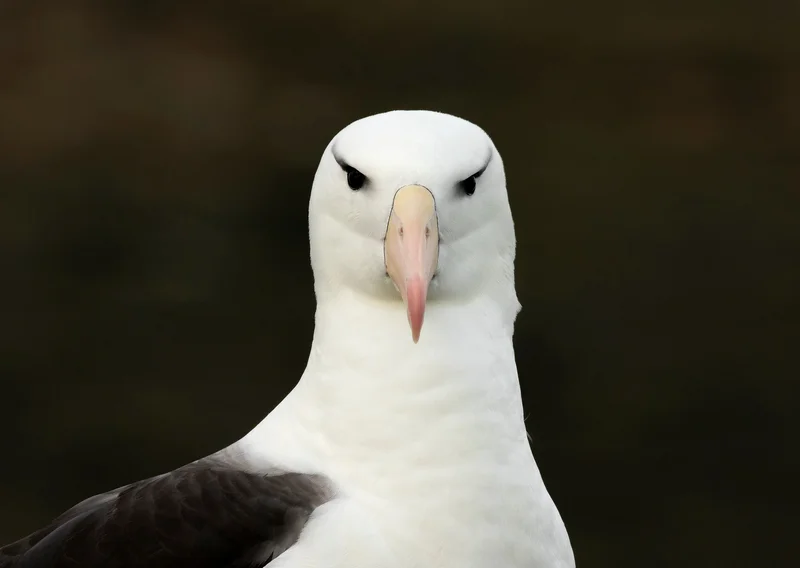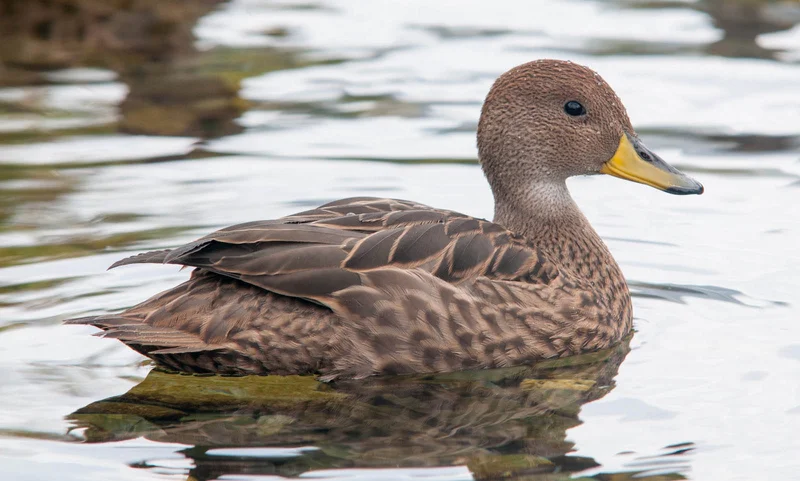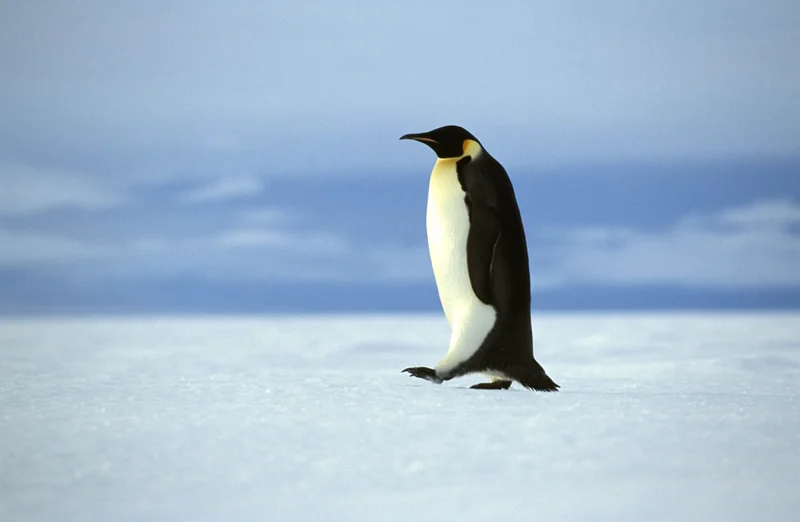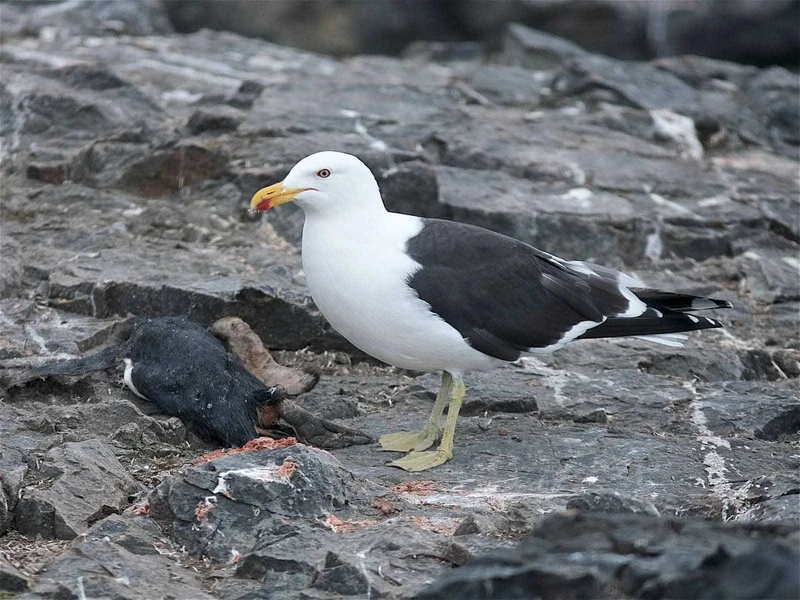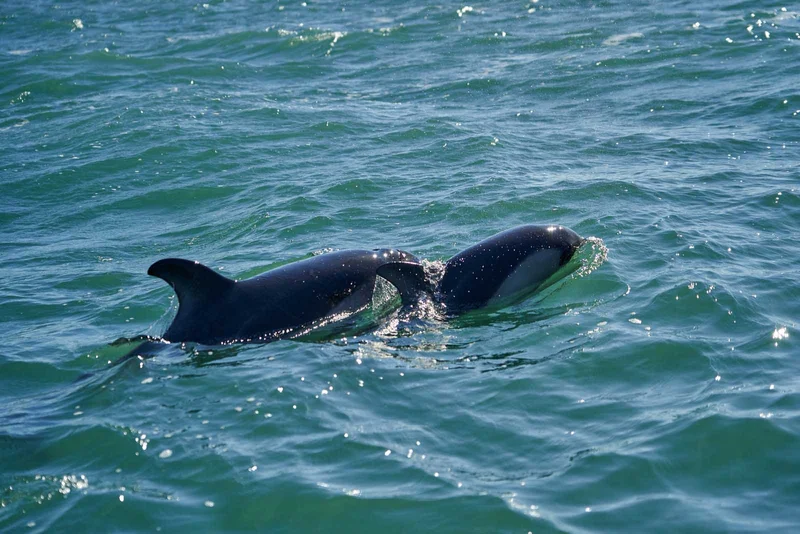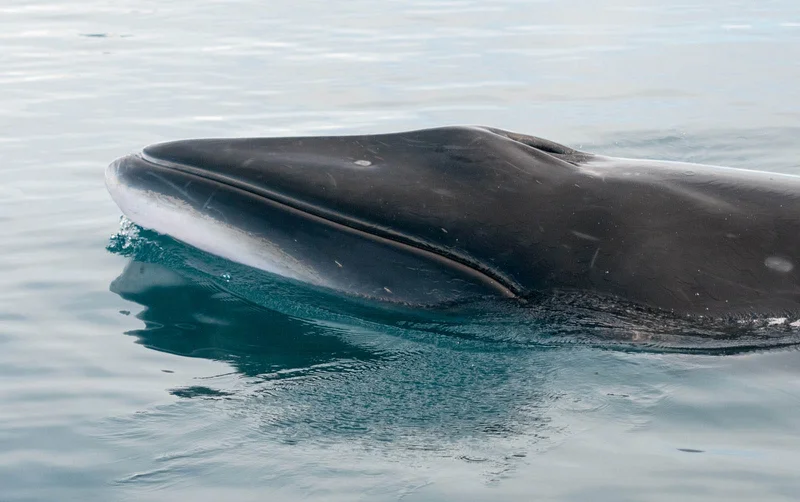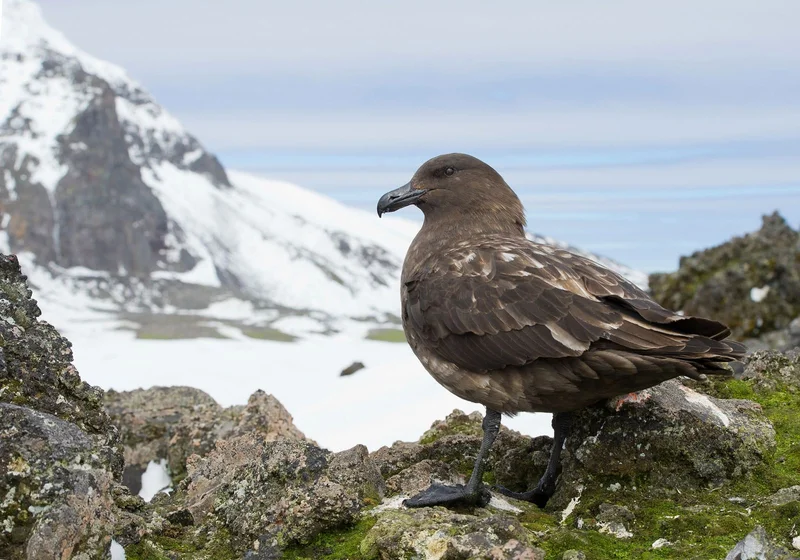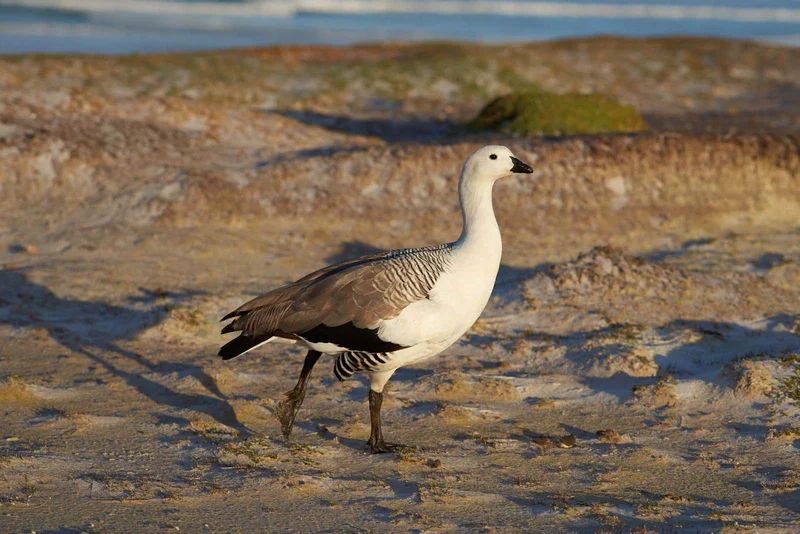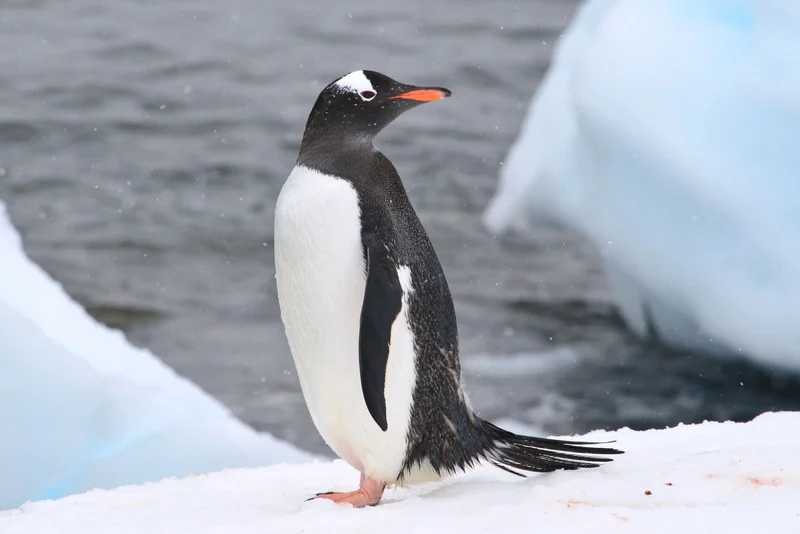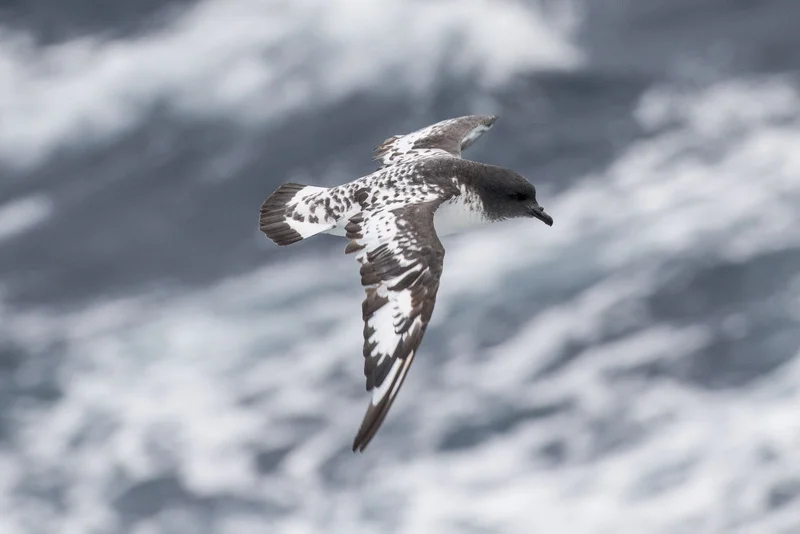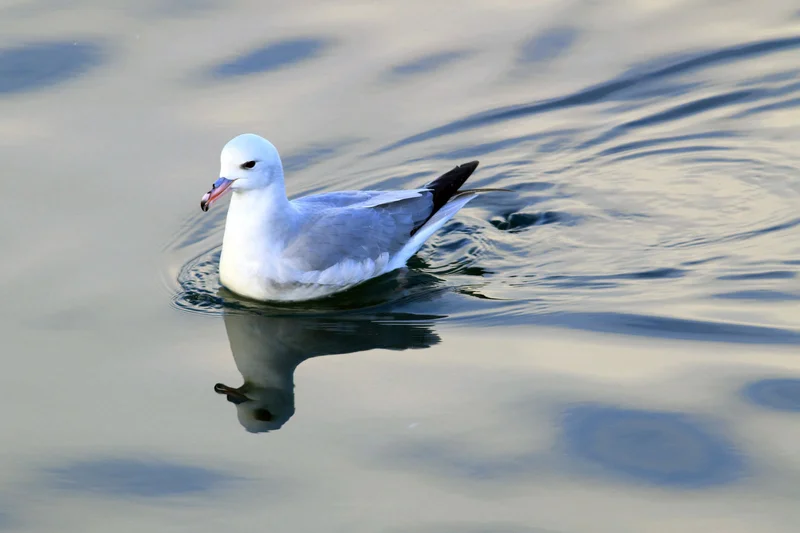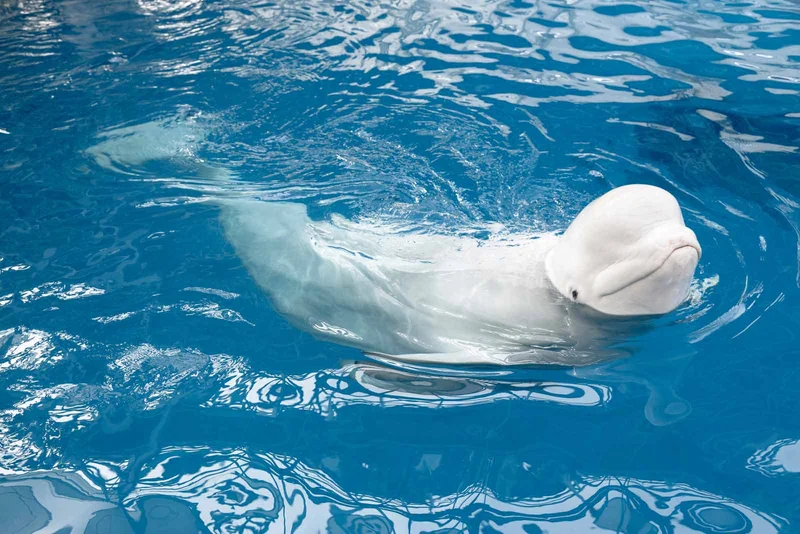Essential South American Fur Seal Information
The South American Fur Seal is found along the coasts of southern Peru, Argentina, Chile, Uruguay, and around Cape Horn. A significant breeding colony exists on the Falkland Islands, where about 35,000 pups are born annually. This population is considered a subspecies.
Physical Characteristics
South American Fur Seals are typically dark brown or gray in color. Males are considerably larger than females, reaching up to 2 meters (6 feet 6 inches) in length and weighing up to 200 kg (440 lbs). Mature males also develop a mane of longer fur around their necks and shoulders, adding to their distinct appearance. In contrast, females are much smaller and sleeker. Each antarctic seal displays significant sexual dimorphism
Habitat and Behavior
Antarctic seals, particularly fur seals, are most commonly found on subantarctic islands. These fur seals favor rocky shorelines, especially those with steep slopes or cliffs, for colonization. During the breeding season, they gather on these shorelines, but little is known about their foraging habits outside this time. Tracking studies of seals from Falklands colonies show that they can travel across vast areas of the Patagonian Shelf in search of food.
Distinguishing from Sea Lions
At sea, it can be difficult to differentiate South American Fur Seals from sea lions. The key difference is in their snouts—fur seals have a more pointed snout, while sea lions have a rounder one. Encounters with fur seals are common when entering or leaving the Beagle Channel.
Population and Conservation
Although an estimated 250,000 South American Fur Seals exist, their overall life patterns and population trends remain relatively understudied. The Falkland Islands colony, with its significant pup production, is vital for the species.
Interesting Facts
- Size Differences: Males are much larger than females, with a distinct mane of fur around their necks.
- Rocky Habitats: These seals prefer steep, rocky shorelines for breeding colonies.
- Wide Foraging Range: Fur seals from the Falklands travel extensively over the Patagonian Shelf when foraging.
